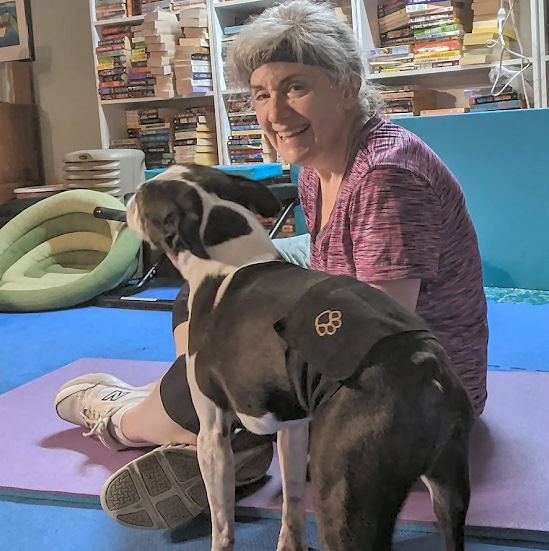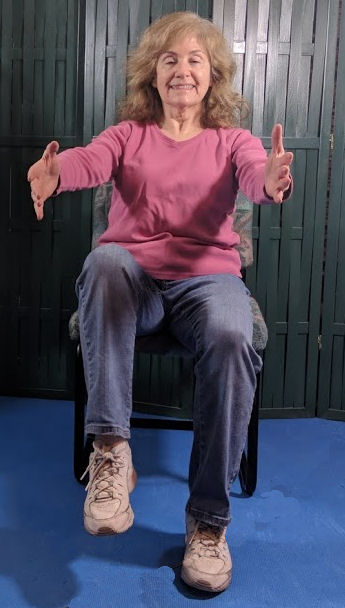Do you think that you have to work out in the morning? Or afternoon? Here’s a hint: the timing doesn’t matter. The important thing is to work out when you can!
I work out in the afternoon – it works for me. Most days I exercise at pretty much the same time. I don’t have to think about it – exercise has become a habit for me.
Trainers get real
And the trainers agree.
Morgan Rees, an ACE-certified personal trainer, fitness nutrition specialist, and health coach in Los Angeles says, “Some people work out in the morning because their schedule only allows that time to work out. Others work out in the morning because they genuinely love being active in the morning. I have always enjoyed working out in the evening because I have the most energy in the afternoon and early evening.”
And Sarah Pelc Graca, an NASM-certified personal trainer and founder of Strong With Sarah, agreed that there is no ideal time for working out. “The number of calories burned from the exact same workout will remain the same whether you work out at 6 a.m. or 6 p.m.,” Pelc Graca said.
Morning people have one advantage
But some research has shown that if you like to work out in the morning you may have made exercise part of your regular routine and developed the habit of working out. In addition, if you exercise early in the day, your body will continue to burn active calories during the day, and you’ll be fueling your body as well to build muscles.
On the other hand, working out in the evening gives your body recovery time overnight, and can also give your muscles the opportunity to build. It can even improve your sleep, since exercise can reduce the stress that you’ve built up during the day.
The bottom line
So, it really doesn’t matter when you exercise. The important thing is that you do it.
If exercise hasn’t yet become a habit for you, make a date with yourself – schedule your workout in your calendar. Since long-term consistency is key, try working out in the morning some days and in the afternoon or evening on others. See what works best for you. When in your schedule are you most likely to keep your date? That’s what you should stick with. Of course, everyone has days that mornings don’t work or afternoons are booked – I know I do. I try to think ahead and figure out alternatives. Because if you’re skipping a workout with only a time excuse – the only one you’re cheating is yourself.








